Bevel gauges are handy tools when building boats; they can be used to measure, mark, and transfer angles from one work surface to another. They can also be used to directly set accurate blade angles on cutting tools, versus transferring measurements from a larger bevel to a protractor and then to a saw’s bevel gauge. We used a 9″ sliding bevel gauge when building our Penobscot 14 and while restoring an 1880s Mississippi River skiff, but it was too big to take angles in small spaces, made an awkward fit in a pocket, and kept getting left in a variety of hiding places. A few years ago, I began looking for a smaller, handier bevel gauge, and found the aptly named 3-inch Bevel Gauge. The gauge lies nearly flat, so taking and marking angles can be done more accurately than they can with a common sliding bevel gauge.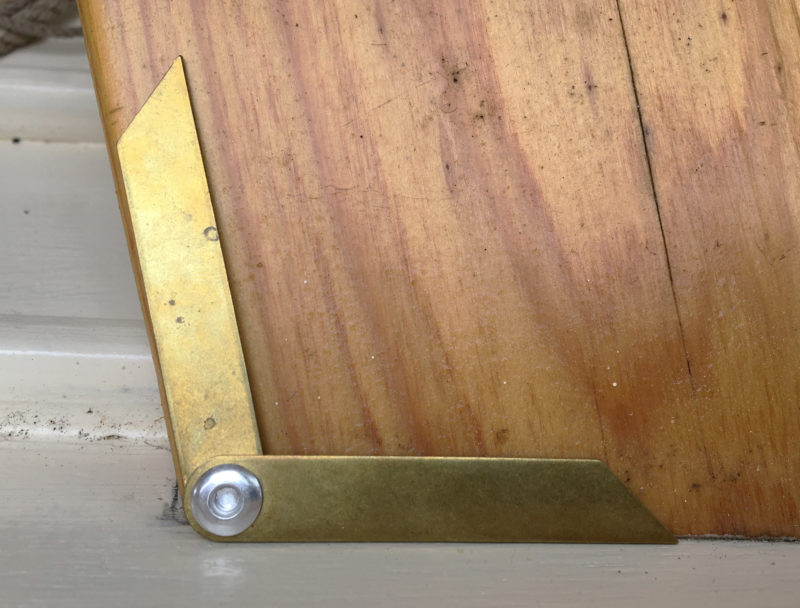 Photographs by the author
Photographs by the author
Join The Conversation
We welcome your comments about this article. To include a photo with your remarks, click Choose File below the Comment box.

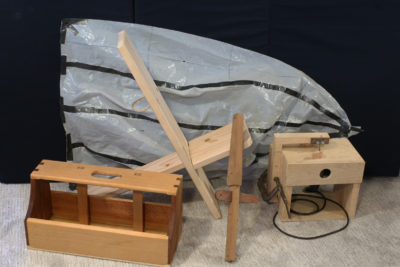
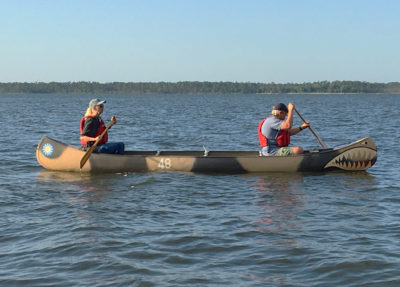


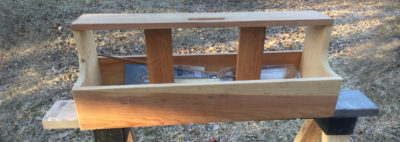
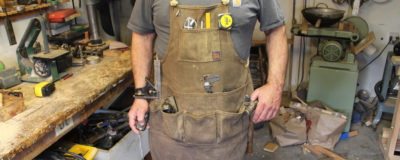
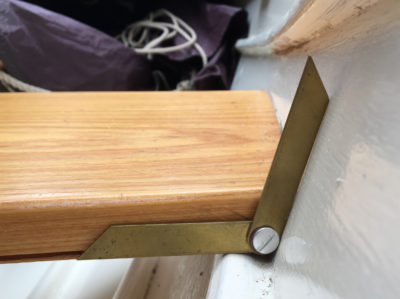

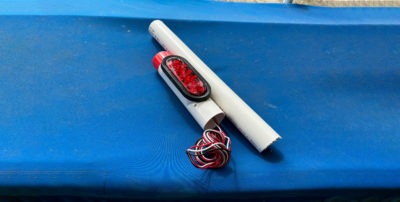
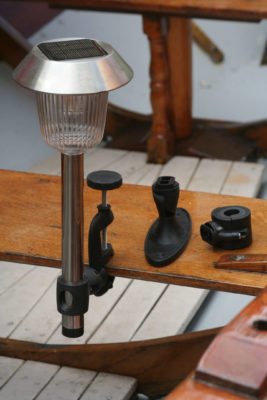


This is no longer available, to the best of my knowledge.
Thank you for pointing this out. It does seem that the 3″ Bevel Gauge is no longer available for purchase from the WoodenBoat Store. However, this Product Review from May 2020 is still quite relevant in regards to the product itself.